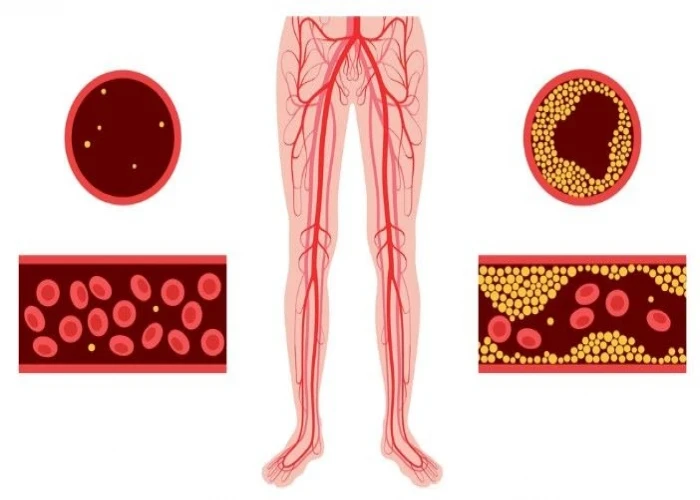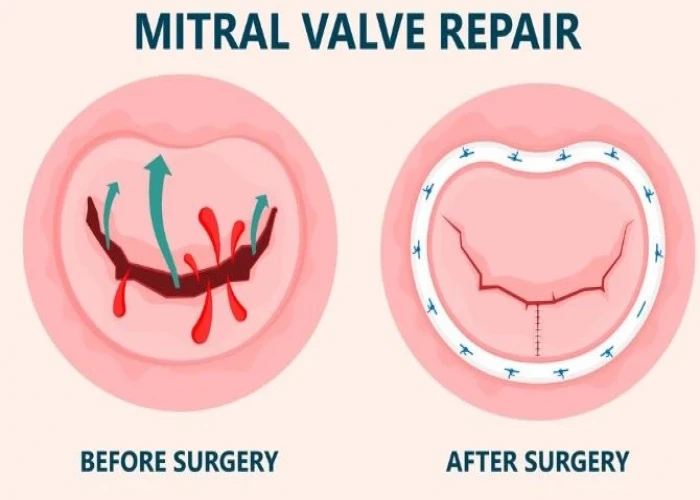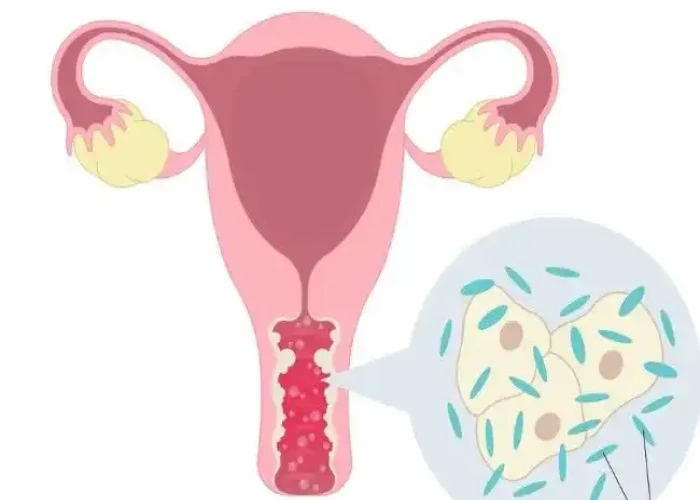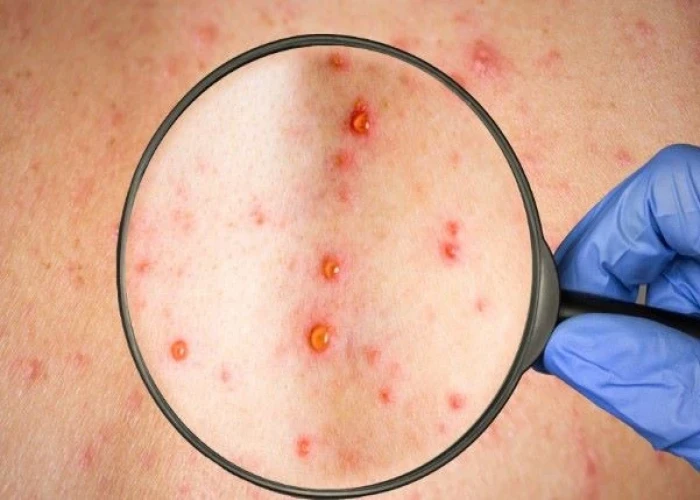 Welcome
Welcome
“May all be happy, may all be healed, may all be at peace and may no one ever suffer."
Suspicious breast lumps

A suspicious breast lump is a mass or swelling in the breast that could potentially be cancerous. Not all breast lumps are cancerous, and most are benign (non-cancerous), but any new or unusual lump should be evaluated by a healthcare professional to determine the cause.
Breast lumps can have many different causes, including hormonal changes, cysts, infections, and injuries. In some cases, however, a breast lump may be a sign of breast cancer. Symptoms of breast cancer can include a new lump or mass, changes in the size or shape of the breast, changes to the skin or nipple, nipple discharge, and breast pain.
To determine whether a breast lump is cancerous or not, a healthcare professional may perform a clinical breast exam, imaging tests (such as a mammogram, ultrasound, or MRI), and/or a biopsy. A biopsy involves removing a small sample of the breast tissue for examination under a microscope to look for cancer cells.
If breast cancer is diagnosed, treatment options may include surgery, radiation therapy, chemotherapy, and hormone therapy, depending on the type and stage of cancer.
It is important to perform regular breast self-exams and to report any changes or concerns to a healthcare professional. Early detection and treatment of breast cancer can improve outcomes and increase the chances of survival.
Research Papers
Disease Signs and Symptoms
- Breast lump
- Swollen breast
- Lack of breast milk
- Red skin
- A hard, irregular-shaped breast lump
Disease Causes
Suspicious breast lumps
Breast lumps can result from:
- Breast cysts. If you find a breast lump that feels round, smooth and firm, it could be a cyst — a dilated milk duct filled with fluid. A breast cyst can be large or small, and the surrounding breast tissue may be tender. A breast cyst may appear before your menstrual period and get smaller or disappear afterward.
- Fibrocystic breast changes. With fibrocystic breast changes, you may feel fullness in your breasts with areas of lumpiness or ridgelike areas. Your breasts may feel tender. Many women experience fibrocystic breast changes related to their menstrual cycles that tend to improve after the menstrual cycle.
- Fibroadenomas. Fibroadenomas are solid, noncancerous breast tumors that are smooth and move easily under your skin when touched. A fibroadenoma may grow larger. Factors that may be associated with fibroadenoma growth include being pregnant, using hormone therapy or menstruation.
- Injuries and infections. A severe injury to your breast tissue or nearby nerves can create a breast lump. Doctors describe this condition as fat necrosis. A collection of infected fluid (abscess) in breast tissue also can cause a breast lump, one that's often associated with localized breast pain and inflammation of the skin.
- Breast cancer. A breast lump that's painless, hard, irregularly shaped and different from surrounding breast tissue might be breast cancer. Skin covering the lump may look red, dimpled or pitted like the skin of an orange. Your breast size and shape may change, or you may notice discharge from the nipple.
Only by seeing your doctor for evaluation can you be certain of what kinds of tests you might need and which type of breast lump you have.
Disease Prevents
Disease Treatments
Disease Diagnoses
Disease Allopathic Generics
Disease Ayurvedic Generics
Disease Homeopathic Generics
Disease yoga
Suspicious breast lumps and Learn More about Diseases

Throat cancer

Peripheral artery disease (PAD)

Mitral valve prolapse

Vaginal atrophy

Bacillary Dysentry

Snoring

Intussusception

Rubella
suspicious breast lumps, সন্দেহজনক স্তন পিণ্ড
To be happy, beautiful, healthy, wealthy, hale and long-lived stay with DM3S.
